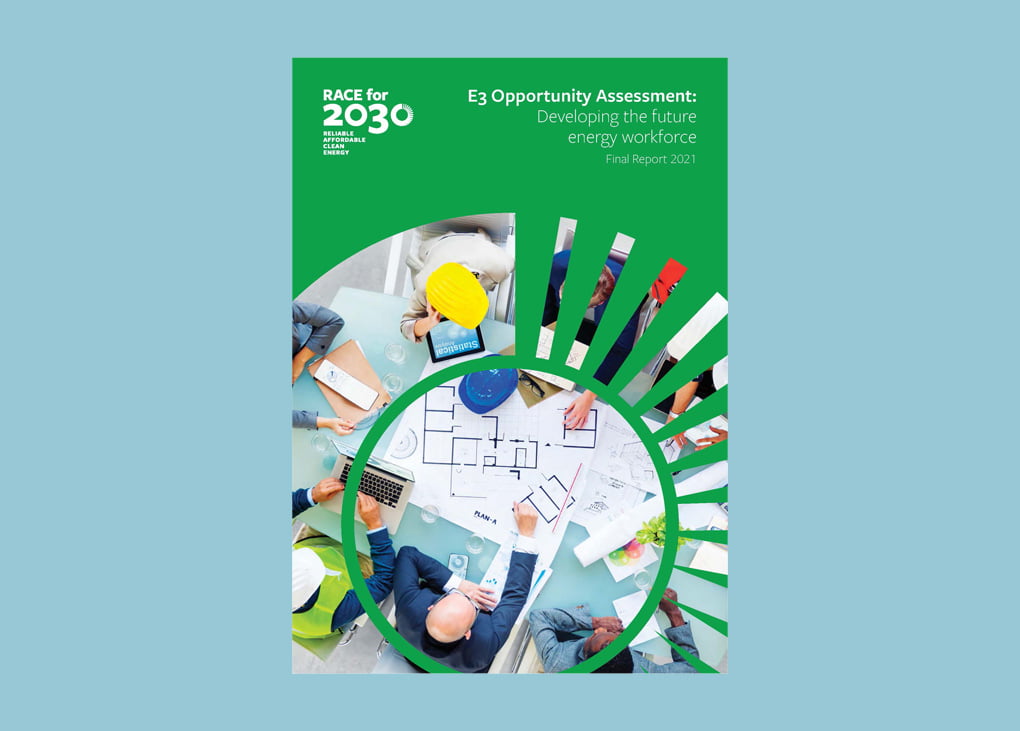A new report produced by RACE for 2030 says Australia and the world need a new approach to counting employment in the energy sector. It calls for a single coordinated survey of the entire energy industry, from energy production to use, and sets out a detailed research roadmap for measuring and developing employment in the energy sector over the next decade.
The report, Developing the Future Energy Workforce, is one of the first outputs of the recently established Reliable Affordable Clean Energy Cooperative Research Centre (RACE for 2030), a 10-year, $350 million collaboration of Australian industry and researchers supported by the federal government.
“The energy sector is transitioning and with that, the nature of employment is changing,” says Program Leader for RACE for Everyone Professor Greg Morrison. “We currently do not have visibility of this dynamic. It is important that we understand all dimensions and be prepared to address the skills of the future.”
Interestingly, the approach would see activities in HVAC&R – and many other areas – included within the broader energy sector.
“Whether you are installing solar panels, mining resources, working the phones for a power company, or upgrading lighting in a home or air conditioning in an office, or managing flexible loads on a manufacturing site, you are helping to meet Australia’s energy needs,” says Prof. Morrison. “Monitoring the energy workforce in a consistent way will help government and industry to plan for and meet the needs of this crucial and rapidly evolving sector.”
The Developing the Future Energy Workforce Report has proposed establishing an Australian Energy & Employment Report (AEER), building on the precedent of the US Energy & Employment Report (USEER), which surveys employment in traditional energy industry, new and renewable energy industries and the energy efficiency.
According to the team behind the report, a lack of reporting mechanisms means it is unclear whether the energy sector as a whole is growing or shrinking. They point out that there has not been a systematic measurement of the entire clean energy sector in Australia since the Australian Sustainable Energy Survey in 2002.
“Recent studies estimate the renewable energy workforce to be at least 30,000, and the energy-efficiency workforce to be between 59,000 and 236,000,” say the report team. “However, there is no reliable baseline information, and no consistent method of projection apart from some types of renewable energy. By 2030 the clean energy sector could increase by somewhere between 130,000 and 200,000 jobs.”
The report also looks at the training and skills required for the future, and how to strengthen Australia’s innovation pathways and foster successful start-up companies in the sector.
“Australia’s ability to reach net zero emissions and realise the job and growth opportunities offered by this transition depends on developing the necessary skills, employment and new businesses in the energy sector”, says RACE for 2030 CEO Jon Jutsen. “This report sets out a research roadmap to achieve this.”
To read the report, click here.
 Mark Vender
Mark Vender


Leave a Reply